Home>Articles>What Are The Proper Uses Of An Articulated Ladder?
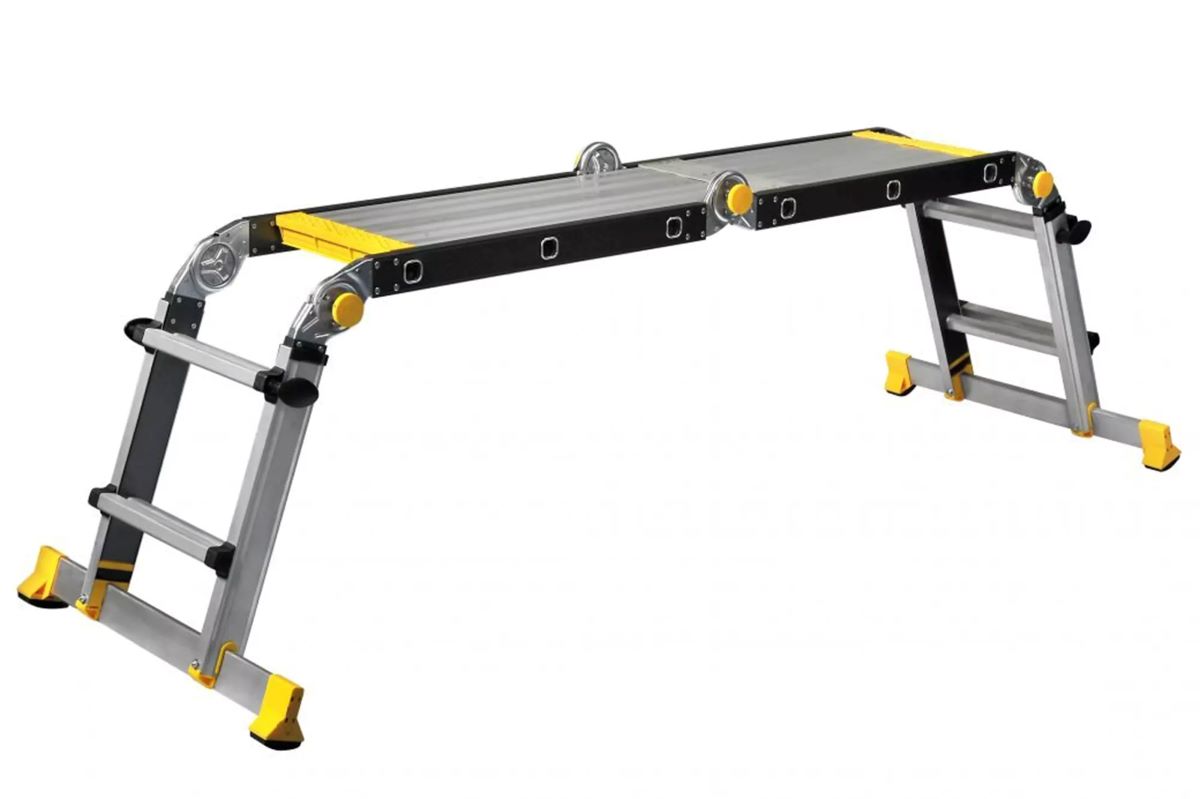

Articles
What Are The Proper Uses Of An Articulated Ladder?
Modified: February 23, 2024
Discover the essential guidelines for proper use of an articulated ladder in this informative article. Avoid common mistakes and ensure safety when using a ladder.
(Many of the links in this article redirect to a specific reviewed product. Your purchase of these products through affiliate links helps to generate commission for Storables.com, at no extra cost. Learn more)
Introduction
When it comes to working at heights, safety should always be the top priority. One of the essential tools for working safely at elevated levels is an articulated ladder. An articulated ladder is a versatile and adjustable ladder that can be used in various configurations to cater to different working conditions.
In order to ensure the utmost safety while using an articulated ladder, it is crucial to understand and follow the proper guidelines for its use. This article aims to provide comprehensive information regarding the guidelines for the proper use of an articulated ladder.
By adhering to these guidelines, individuals can minimize the risk of accidents and injuries, allowing them to work confidently and efficiently at elevated heights. So, let’s dive into the important guidelines for using an articulated ladder effectively and safely.
Key Takeaways:
- Prioritize safety and efficiency by following articulated ladder guidelines, avoiding common mistakes, and maintaining proper ladder use to minimize accidents and ensure a safe working environment.
- Understanding the versatility and importance of articulated ladders, along with adhering to safety guidelines, can help individuals work confidently and effectively at elevated heights while minimizing risks.
Read more: How To Properly Move An Articulated Ladder
Definition of an Articulated Ladder
An articulated ladder is a ladder that consists of multiple sections that hinge or pivot, allowing it to be used in various configurations. These configurations include the A-frame position, extension position, and scaffolding position. This versatility makes an articulated ladder an essential tool for a wide range of tasks, from simple household chores to professional construction projects.
Articulated ladders are typically made of lightweight yet sturdy materials such as aluminum or fiberglass. This combination of strength and portability makes them easy to transport and maneuver, ensuring convenience and efficiency on the job site.
The hinges or pivot points between the ladder sections provide flexibility, making it possible to adjust the ladder’s length or configuration to suit different working conditions. This adaptability allows users to work safely and comfortably on uneven surfaces, stairs, or other challenging environments.
Some articulated ladders also come with additional features such as stabilizing bars, adjustable legs, or non-slip feet, further enhancing their stability and safety.
Overall, the versatility and durability of an articulated ladder make it an indispensable tool for anyone who needs to work at heights. However, it is essential to understand and follow the proper guidelines for using an articulated ladder to ensure safety and prevent accidents.
Importance of Proper Use of an Articulated Ladder
Proper use of an articulated ladder is essential for several reasons:
1. Safety: Safety should be the primary concern when working at heights. Articulated ladders are designed to provide stability and support, but using them improperly can lead to accidents and injuries. By following the proper guidelines for use, individuals can minimize the risk of falls, slips, or ladder collapses, ensuring a safe working environment. 2. Prevention of Damage: Improper use of an articulated ladder can lead to damage, not only to the ladder itself but also to the surrounding structure or objects. Mishandling or placing the ladder on unstable surfaces, such as uneven ground, can cause the ladder to tip or fall, potentially causing damage to property or equipment. 3. Efficiency: When an articulated ladder is used correctly, it allows users to work efficiently and comfortably. By adjusting the ladder to the appropriate height and configuration, individuals can perform tasks with ease, improving productivity and reducing the time required for completion. 4. Versatility: Articulated ladders can be used in various configurations to accommodate different tasks and working conditions. Knowing how to use an articulated ladder properly allows individuals to take advantage of its versatility and adaptability, making it a valuable tool in a wide range of situations. 5. Compliance with Regulations: Depending on the country and industry, there may be specific regulations and standards in place regarding the use of ladders. Understanding and adhering to these regulations demonstrates a commitment to safety and compliance, minimizing legal liabilities and potential penalties. 6. Longevity of the Ladder: Using an articulated ladder properly can help extend its lifespan. Regularly inspecting the ladder, cleaning it after use, and storing it in a safe and dry location all contribute to maintaining its structural integrity and functionality. In summary, understanding and following the proper guidelines for the use of an articulated ladder is crucial for ensuring safety, preventing damage, improving efficiency, complying with regulations, and prolonging the ladder’s lifespan. By prioritizing the correct use of this versatile tool, individuals can work confidently and effectively at elevated heights.
When using an articulated ladder, always make sure to fully extend and lock all sections before climbing. This will ensure stability and prevent accidents.
Safety Guidelines for Using an Articulated Ladder
Using an articulated ladder safely involves following specific guidelines and best practices. By adhering to these safety guidelines, individuals can minimize the risk of accidents and injuries. Here are some important safety guidelines to consider when using an articulated ladder:
1. Inspect the ladder: Before each use, thoroughly inspect the ladder for any signs of damage, such as bent or broken rungs, loose or missing screws, or cracked hinges. Do not use a ladder that is damaged or in poor condition. 2. Choose the right ladder for the task: Ensure that the ladder you select is appropriate for the height and type of work you need to perform. Avoid using ladders that are too short or too long for the task at hand. 3. Set up on a stable surface: Place the ladder on a level and firm surface. If the ground is uneven, use adjustable ladder legs or a secure stabilizing bar to ensure stability. Avoid setting up the ladder on slippery or unstable surfaces. 4. Lock the hinges securely: When setting up the ladder in the desired configuration, make sure the hinges or pivot points are locked securely in place. This prevents the ladder from collapsing or shifting during use. 5. Maintain three points of contact: Always maintain three points of contact with the ladder, either two hands and one foot or two feet and one hand. This provides stability and balance while ascending, descending, or working from the ladder. 6. Avoid overreaching: To prevent falls, avoid leaning too far to either side or overextending your reach while on the ladder. It is safer to reposition the ladder as needed rather than leaning out dangerously. 7. Don’t exceed the ladder’s weight capacity: Every ladder has a maximum weight capacity that should not be exceeded. Consider the combined weight of yourself, tools, and any materials you are carrying while using the ladder. 8. Avoid working in hazardous weather conditions: Do not use an articulated ladder in inclement weather, such as strong winds or heavy rain, as these conditions can affect stability and increase the risk of accidents. 9. Never leave the ladder unattended: When not in use, securely store the ladder in a safe and dry location. Never leave a ladder unattended, especially in areas with high foot traffic or where children may have access to it. 10. Train and educate yourself: Familiarize yourself with the user manual and instructions provided by the ladder manufacturer. Attend ladder safety training courses to gain knowledge about proper ladder usage and best practices. Remember, safety is paramount when using an articulated ladder. By following these guidelines, you can work confidently knowing that you are minimizing the risks associated with working at heights. Always prioritize your safety and the safety of those around you when using an articulated ladder.
Common Mistakes to Avoid when Using an Articulated Ladder
Using an articulated ladder incorrectly can result in accidents and injuries. To ensure your safety while working at heights, it is crucial to be aware of common mistakes and actively avoid them. Here are some common mistakes to avoid when using an articulated ladder:
1. Using a damaged ladder: Never use a ladder that is damaged, bent, or has missing parts. A compromised ladder can lead to instability and accidents. Regularly inspect your ladder and replace any damaged parts immediately. 2. Incorrect setup: Improperly setting up your articulated ladder can lead to instability and potential falls. Make sure the ladder is on a stable and level surface before use. Use adjustable ladder legs or stabilizing bars to ensure stability on uneven ground. 3. Overreaching: Overreaching is a common mistake that can cause loss of balance and falls. Always position the ladder close enough to your work area so that you can work comfortably without stretching or leaning too far. It’s better to reposition the ladder as needed. 4. Ignoring weight capacity: Every ladder has a weight capacity that should not be exceeded. Overloading the ladder with excessive weight can cause it to fail, leading to accidents. Take into account your body weight, tools, and materials before using the ladder. 5. Skipping ladder safety measures: Ladder safety measures, such as locking the hinges, using stabilizing bars, or ensuring proper foot placement, are in place for a reason. Skipping or disregarding these safety measures can compromise the stability and safety of the ladder. 6. Using the wrong ladder for the task: Using an incorrectly sized or improperly configured ladder can increase the risk of accidents. Make sure you are using the appropriate ladder type and configuration for the specific task at hand. 7. Using the ladder in poor weather conditions: Working on an articulated ladder in adverse weather conditions, such as strong winds or rain, can increase the chances of accidents. Avoid using the ladder during inclement weather to ensure your safety. 8. Not maintaining three points of contact: Always maintain three points of contact with the ladder while ascending, descending, or working from it. This means having both feet and one hand or both hands and one foot in contact with the ladder at all times. 9. Rushing or hurrying: Taking your time while using an articulated ladder is essential for safety. Rushing or hurrying can lead to careless mistakes and accidents. Be patient and focus on each step of your task. 10. Improper storage and transportation: After use, store your articulated ladder properly in a safe and dry environment. Avoid putting excessive weight or other items on top of the ladder during transportation, as this can cause damage. By avoiding these common mistakes and following proper ladder usage guidelines, you can significantly reduce the risk of accidents and injuries associated with using an articulated ladder. Prioritize safety at all times and maintain a cautious and attentive approach when working at heights.
Read more: What Is An Articulated Ladder
Conclusion
Using an articulated ladder safely and appropriately is crucial for anyone working at elevated heights. By following the proper guidelines and avoiding common mistakes, individuals can ensure their safety, prevent accidents, and work efficiently and confidently.
We have discussed the definition of an articulated ladder and highlighted its versatility and importance in various tasks. Understanding the unique features and capabilities of an articulated ladder is key to maximizing its utility.
Moreover, we emphasized the importance of proper ladder use, including regular inspection, selecting the right ladder for the task, and setting up on stable surfaces. Adhering to safety guidelines such as maintaining three points of contact, avoiding overreaching, and not exceeding weight capacity are essential for minimizing risks.
Additionally, we highlighted common mistakes to avoid, such as using a damaged ladder, ignoring safety measures, and rushing through tasks. By being aware of these mistakes and actively avoiding them, individuals can significantly reduce the likelihood of accidents and injuries.
In conclusion, it is crucial to prioritize safety and follow the recommended guidelines when using an articulated ladder. By doing so, individuals can confidently and efficiently perform tasks at elevated heights while minimizing the risk of accidents and ensuring a safe working environment.
Remember, safety should always be the top priority. Stay informed, educated, and vigilant about ladder safety, and always use an articulated ladder in line with the manufacturer’s recommendations. Working at heights can be challenging, but with the right approach, precautions, and knowledge, you can complete tasks safely and successfully.
Frequently Asked Questions about What Are The Proper Uses Of An Articulated Ladder?
Was this page helpful?
At Storables.com, we guarantee accurate and reliable information. Our content, validated by Expert Board Contributors, is crafted following stringent Editorial Policies. We're committed to providing you with well-researched, expert-backed insights for all your informational needs.
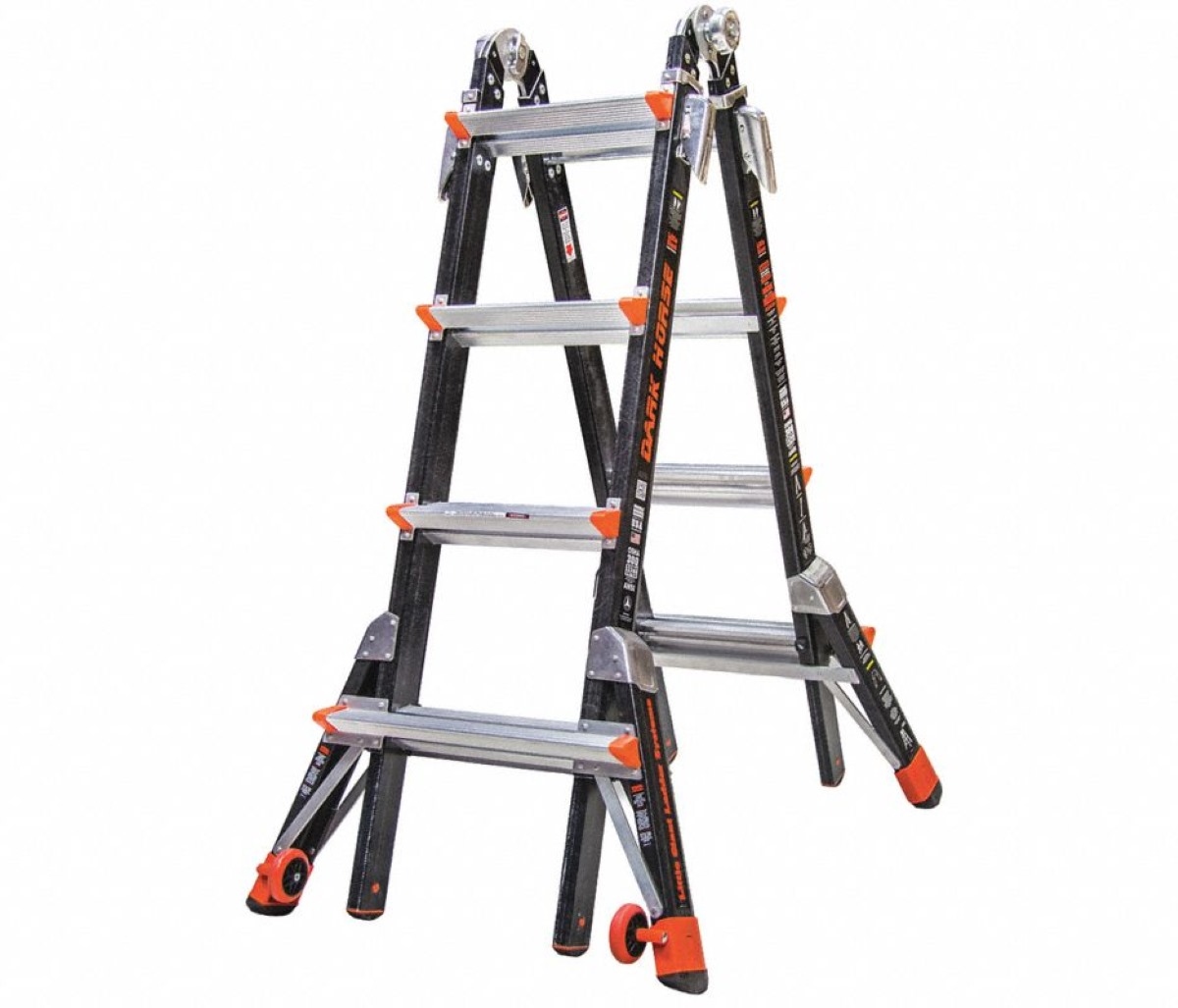
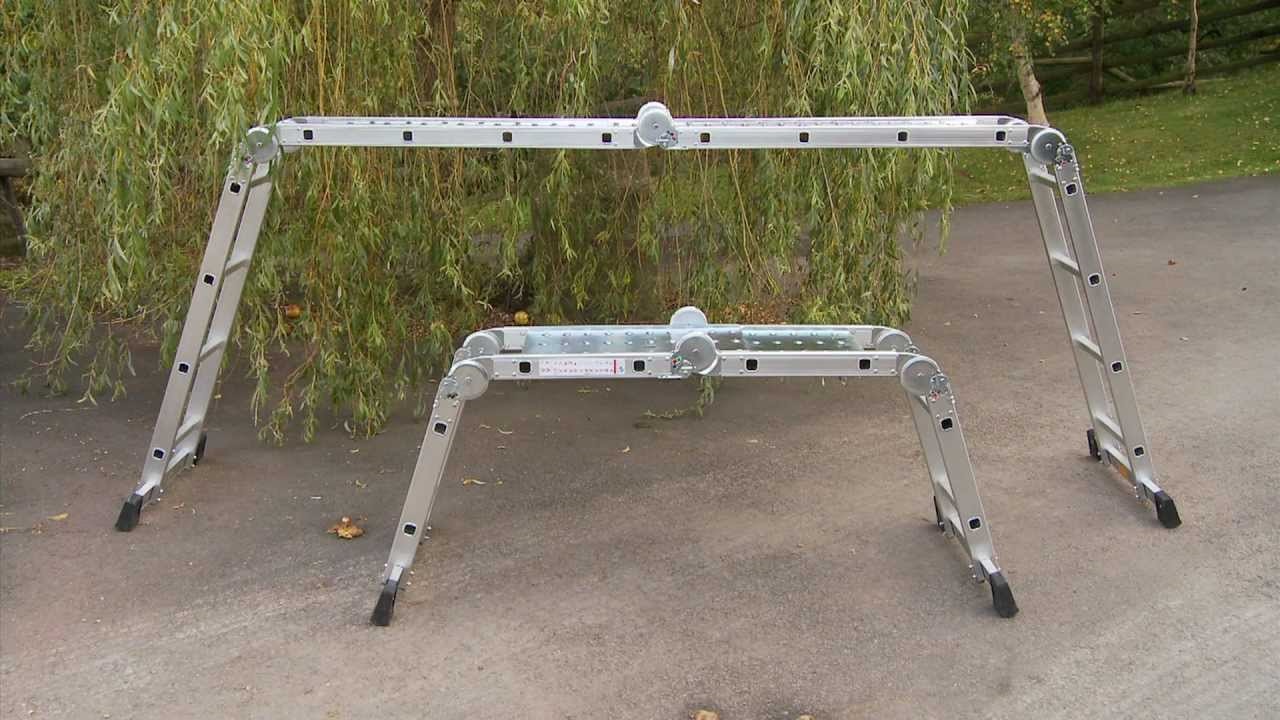

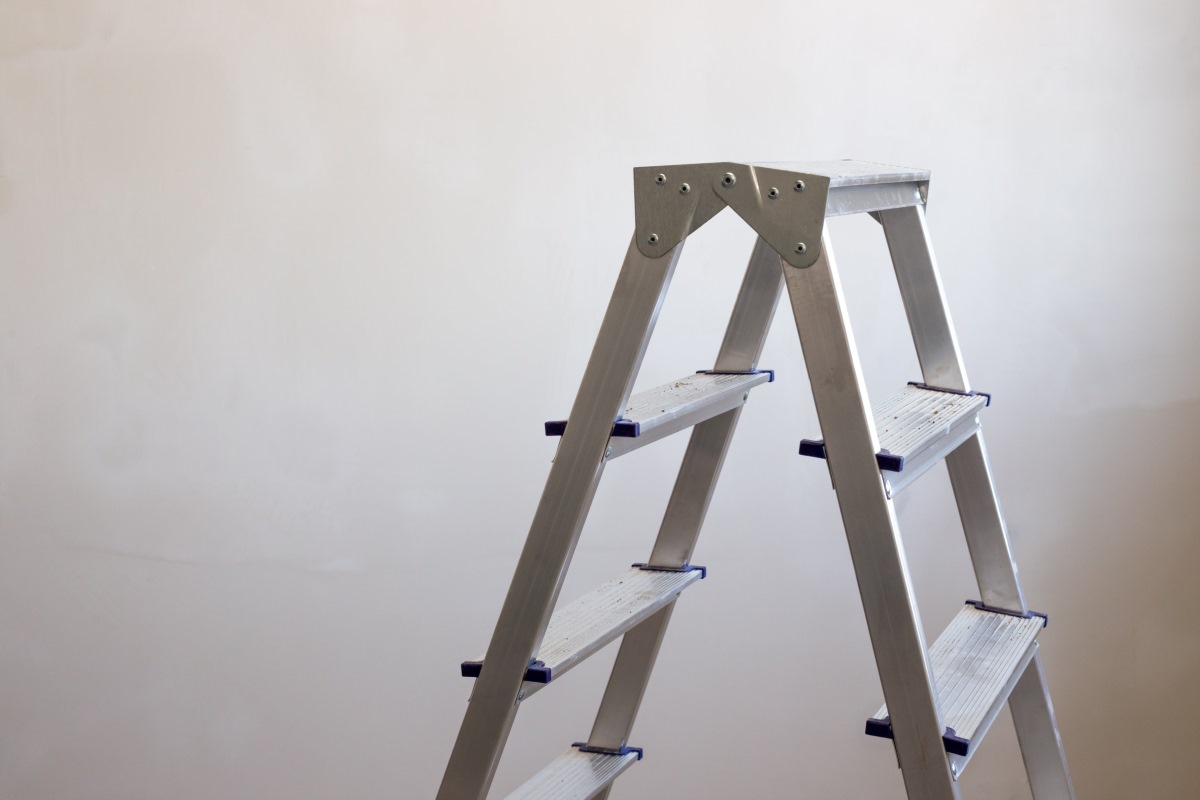
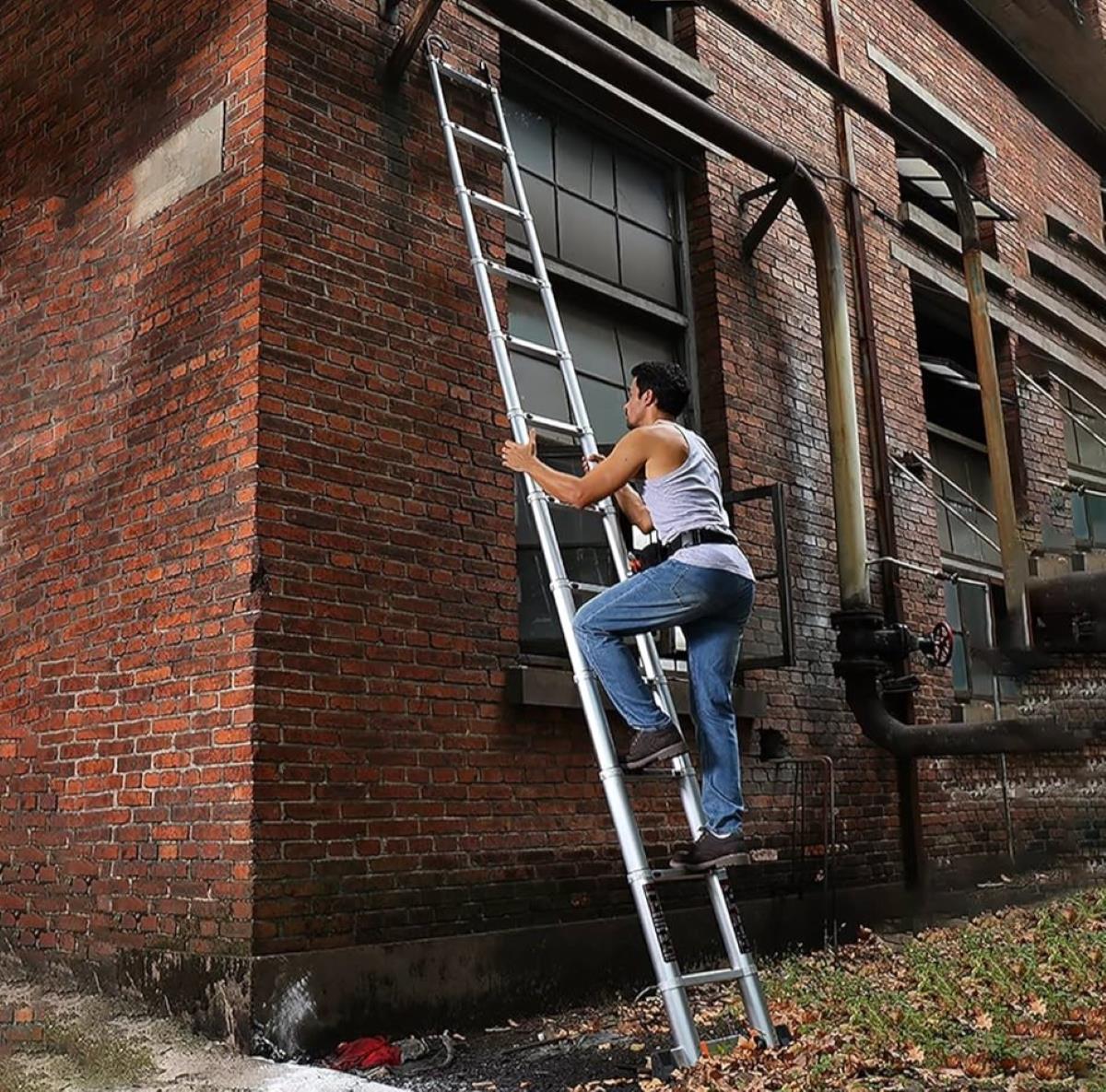


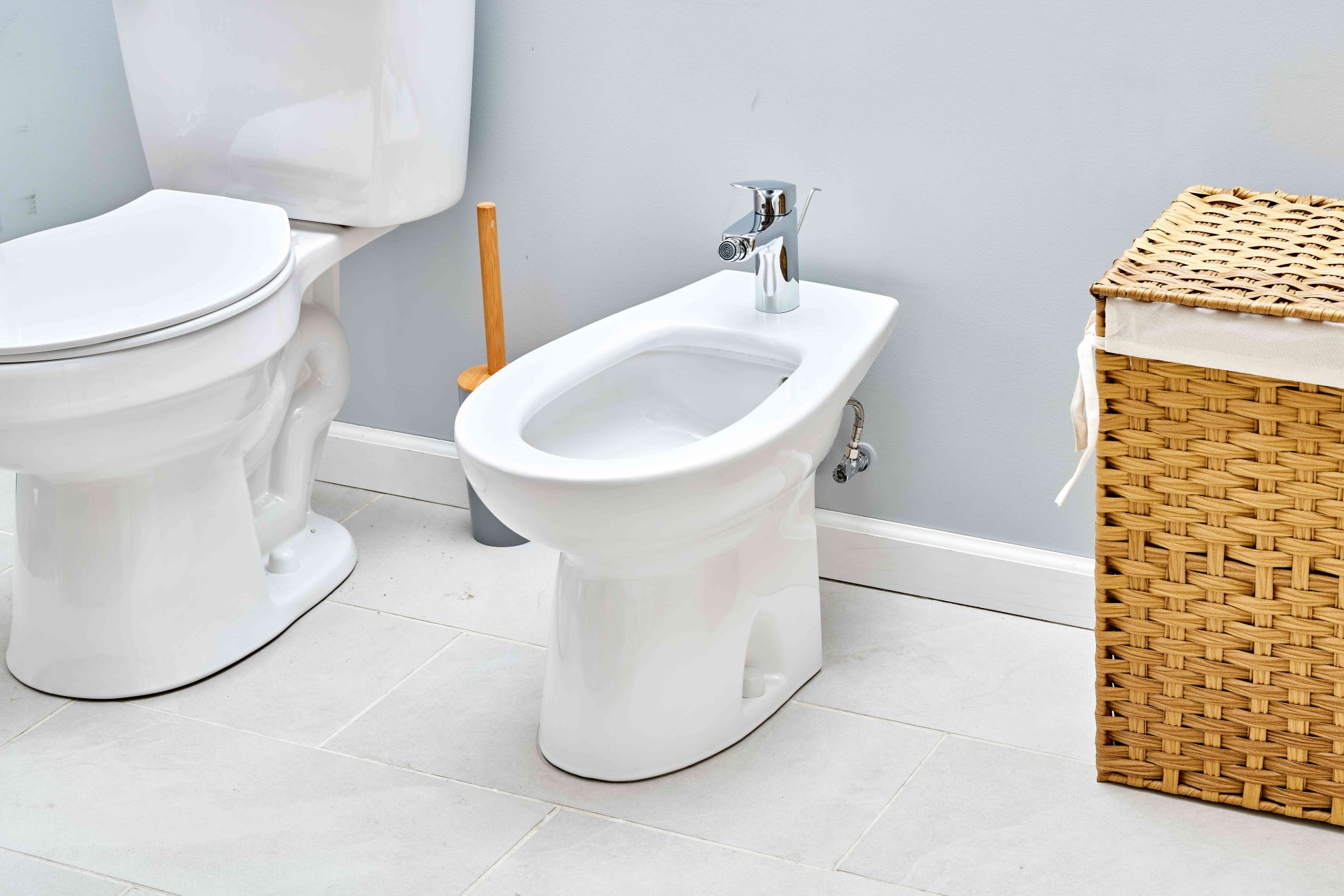
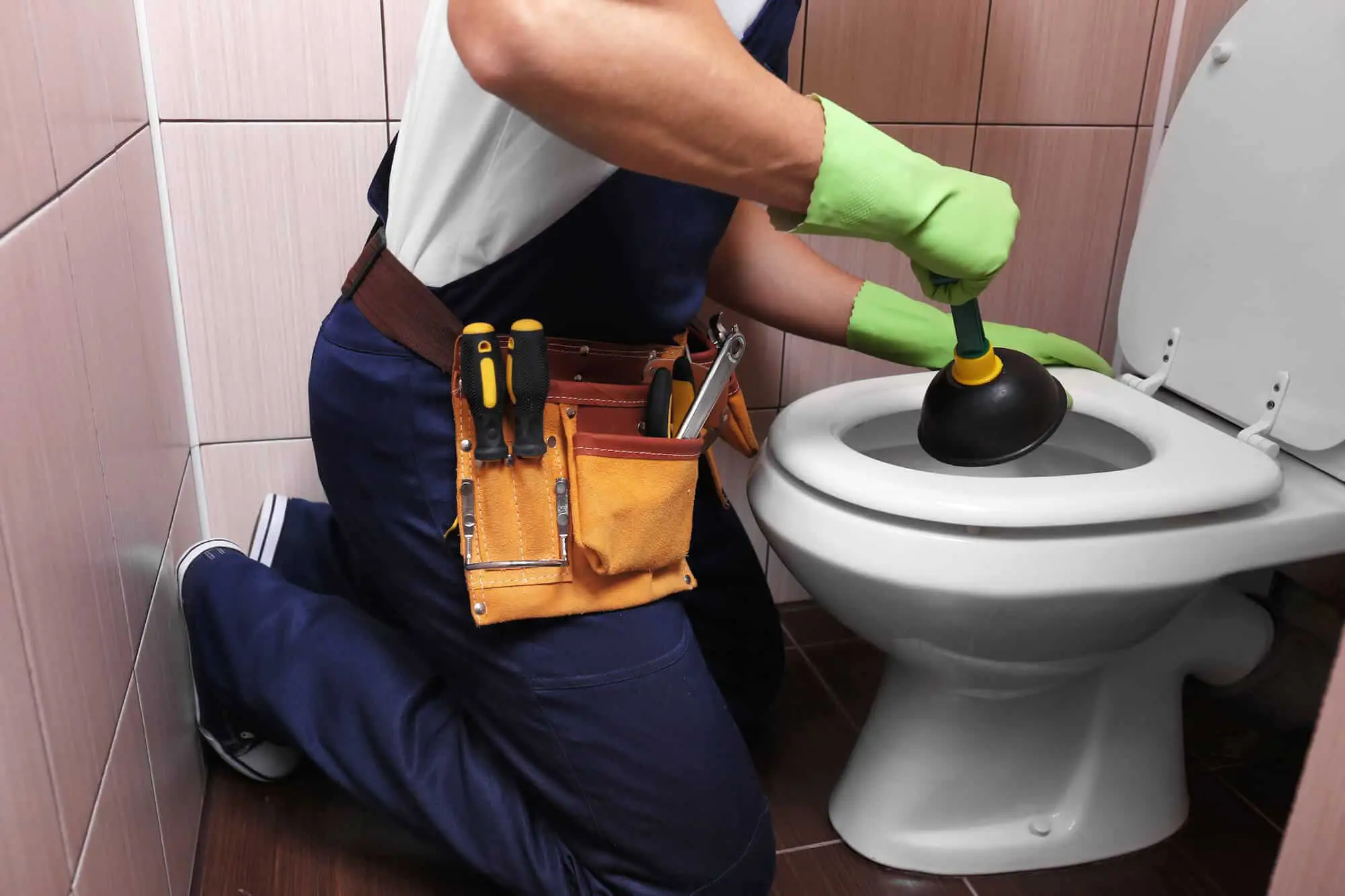

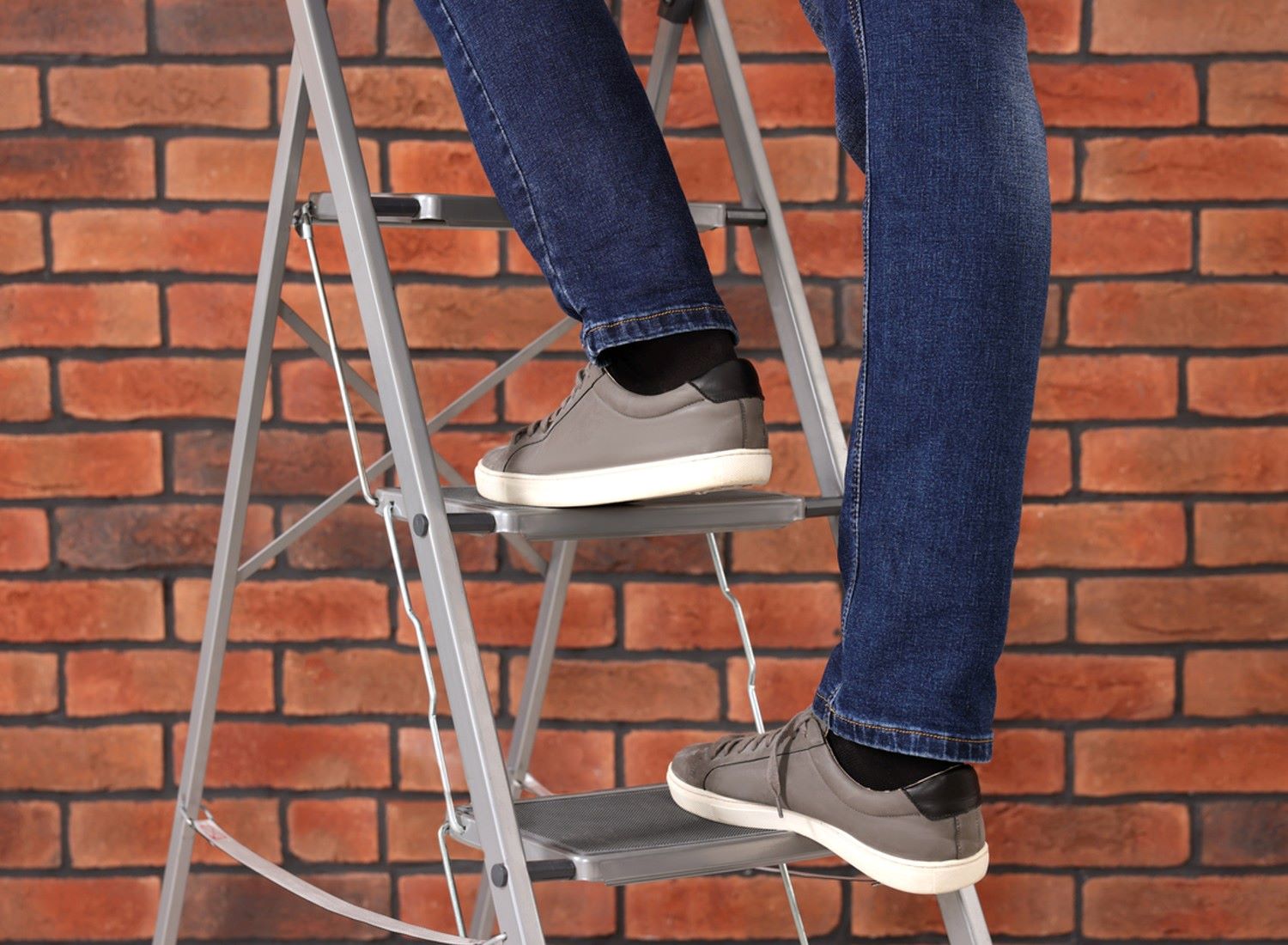
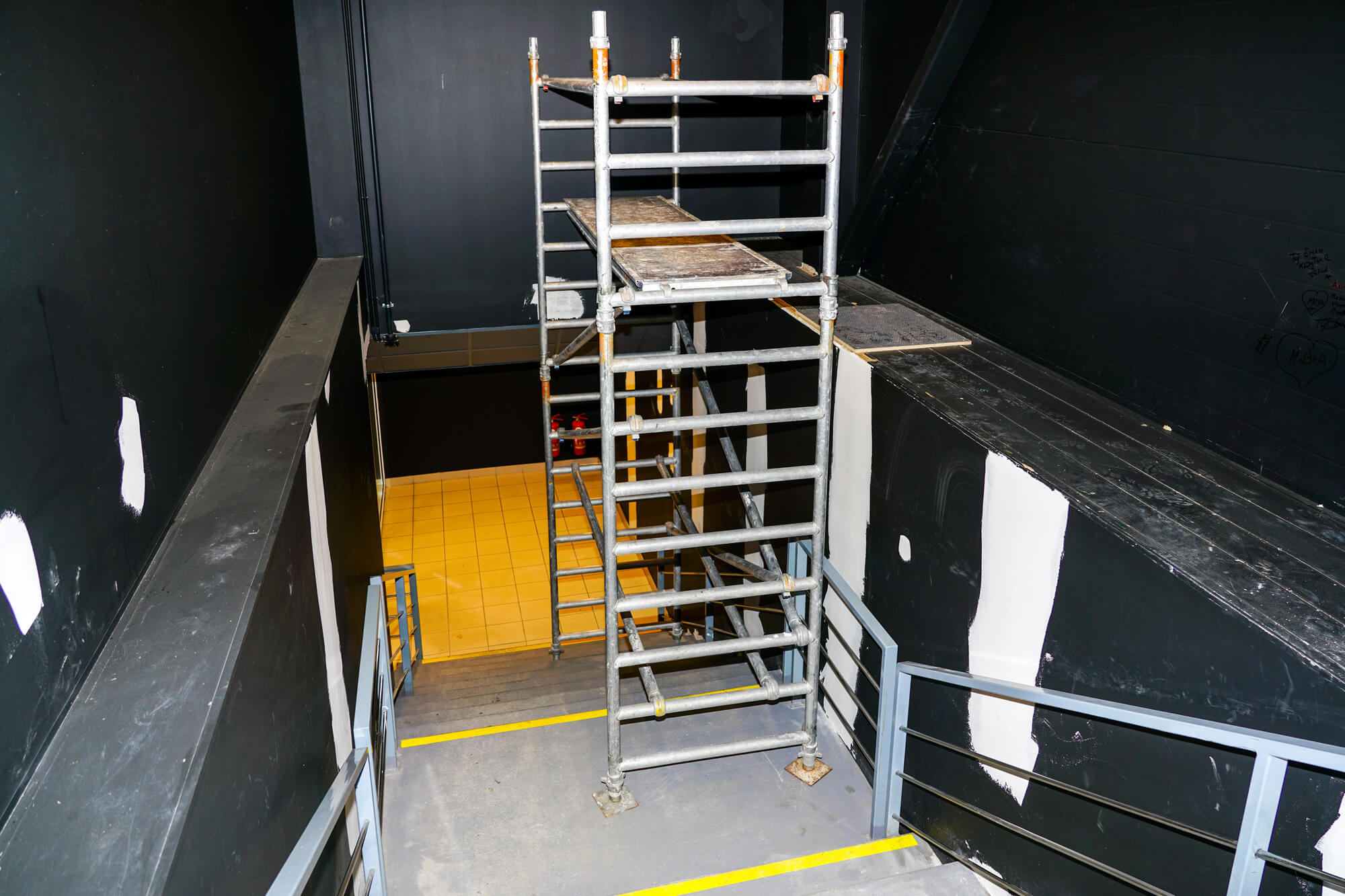



0 thoughts on “What Are The Proper Uses Of An Articulated Ladder?”